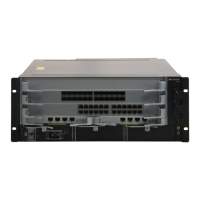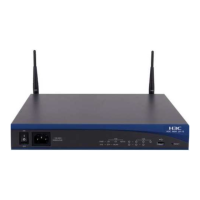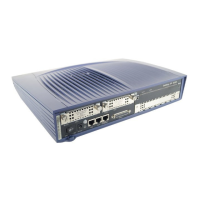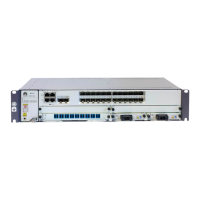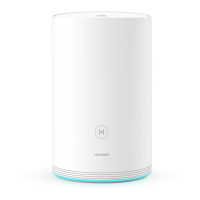2 PPP Configuration
About This Chapter
Functioning at the data link layer of the Open Systems Interconnection (OSI) and the link layer
of the TCP/IP protocol suite, the Point-to-Point Protocol (PPP) is a link layer protocol that is
transmits network layer packets over point-to-point (P2P) links. PPP is developed based on the
Serial Line Internet Protocol (SLIP).
2.1 PPP Overview
The PPP protocol consists of the Link Control Protocol (LCP), Network Control Protocol (NCP),
and PPP extension protocols. PPP establishes links through a series of negotiations.
2.2 PPP Features Supported by the S9300
A PPP link is set up by using PAP or CHAP authentication.
2.3 Setting PPP Parameters
This section describes how to configure PPP as the encapsulation protocol on an interface and
set PPP parameters, including negotiation timeout interval, polling interval, and suppression of
direct route learning.
2.4 Configuring Unidirectional PAP
This section describes how to configure unidirectional PAP authentication. Detailed operations
include configuring the local device to authenticate the peer in PAP mode and configuring the
peer to be authenticated by the local device in PAP mode.
2.5 Configuring Unidirectional CHAP
This section describes how to configure unidirectional CHAP authentication. Detailed
operations include configuring the authenticator with a user name to authenticate the peer in
CHAP mode and configuring the authenticator without a user name to authenticate the peer in
CHAP mode.
2.6 Configuration Examples
This section provides several examples for configuring PPP . These configuration examples
explain the networking requirements, configuration roadmap, data preparation, configuration
procedure, and configuration files.
Quidway S9300 Terabit Routing Switch
Configuration Guide - WAN Access 2 PPP Configuration
Issue 02 (2011-07-15) Huawei Proprietary and Confidential
Copyright © Huawei Technologies Co., Ltd.
16

